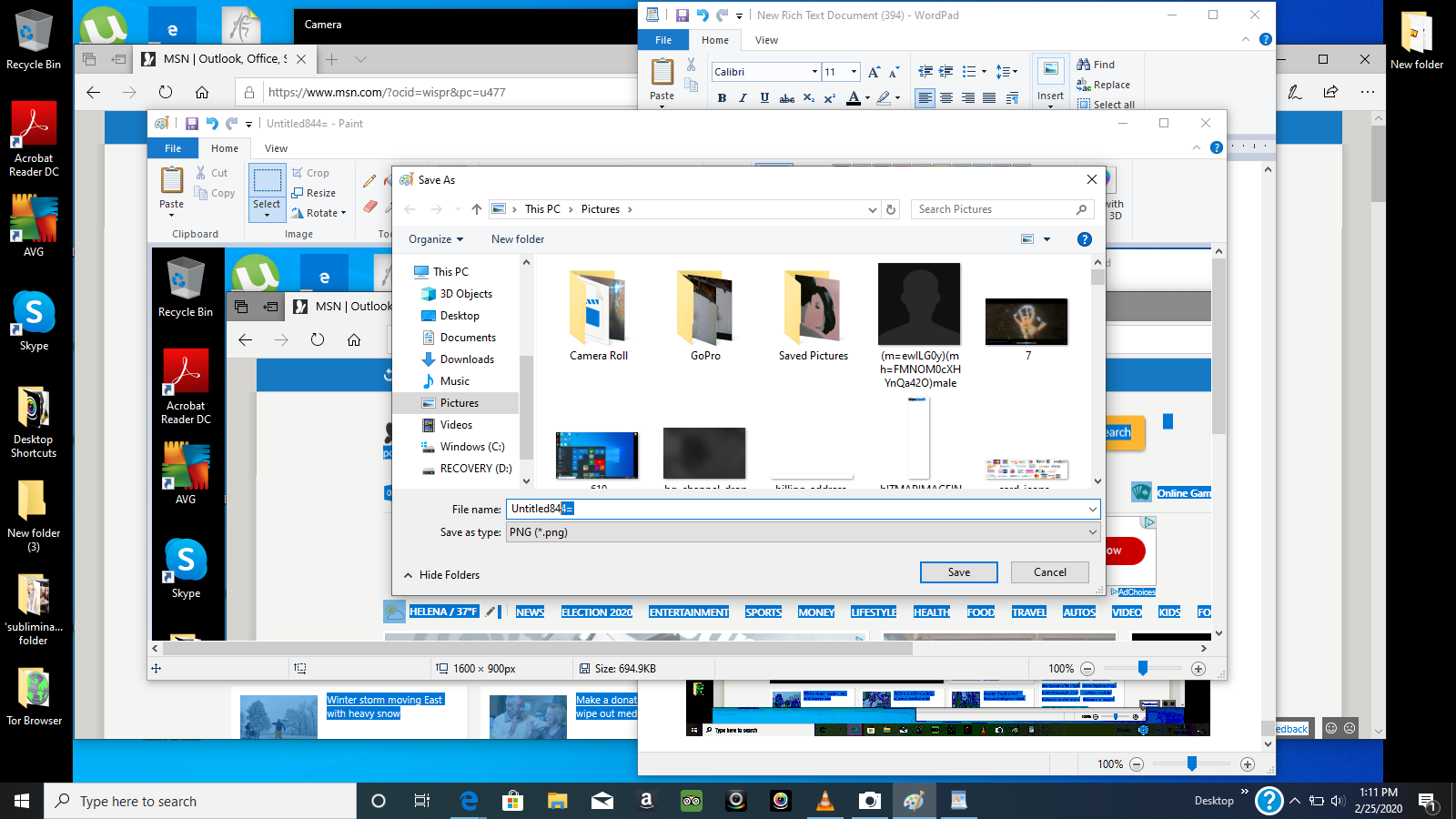Deskovery Save Time Managing Your Windows 3 3

Micro Focus transforms your digital business with enterprise application software across DevOps, Hybrid IT Management, Security and Predictive Analytics. Product Activation pairs the license with your computer and it is a mandatory component to use Windows 7. How to activate Windows 7 manually (activate by phone) 1) Click Start, and in the Search box type: slui.exe 4 2) Next press the 'ENTER' key 3) Select your 'Country' from the list. 4) Choose the 'Phone Activation' option. Windows 7 is new from the ground up. Whether you’re already using Windows 7 or planning on making the switch, discover many of the ways Windows 7 is different from earlier versions. In this tips-packed book, you will learn techniques in Microsoft Windows 7 to customize and organize your work, and streamline your business productivity. Reduce check-in and check-out times and improve efficiencies by empowering your workforce with real-time updates. Integrated operations: OPERA Cloud integrates with Oracle’s industry-leading point-of-sale and kitchen management solutions to ensure more efficient food and beverage operations, maximizing guest satisfaction and profitability.

Network cameras, which are Internet Protocol-based cameras that transmit video data over a local area network (LAN), are becoming increasingly prevalent – especially in surveillance and security scenarios. Windows now allows users to associate network cameras to their PC, enabling photo capture and streaming of video in camera applications. Currently Windows only supports ONVIF Profile S compliant cameras*, which are standards-compliant network cameras optimized for real-time streaming video capture.
Note: The features discussed in this article are available with Windows 10, Insider Build 18995.
2 Select Time & Language. You see the Date & Time, window, shown here, left. Windows 10 determines the correct time and date from the Internet, and your computer should show the right time and date. If it doesn’t, turn off the Set Time automatically option and select the Change button. You see the Change Date and Time screen.
Windows provides support for discovery, pairing, configuration and streaming via WinRT APIs.
To discover network cameras connected to the local subnet, create a DeviceWatcher class and follow the instructions specified in this document, connect to remote cameras.
To pair the discovered network camera, use the DeviceInformation instance returned by the DeviceWatcher. Windows supports the following pairing ceremonies: Basic and Custom, as documented in the pair-devices documentation. To briefly summarize, Basic Pairing provides a simple method for pairing to cameras that do not require authentication to access the stream. The Custom Pairing mode should be used when more advanced control over the pairing is needed or if a camera will require authentication.
Alternatively, for network cameras that can be accessed without authentication, users can pair using the Add a device wizard via the Windows 10 Settings page.
Step One: Open Windows Settings and choose Devices
Discovery Save Time Managing Your Windows 3 3 Download
Step Two: Inside Bluetooth & other devices → Everything else, click on Add device to discover network cameras connected to your LAN.
Step Three: Click on the network camera you want to pair, and your device should now be connected.
After pairing the network camera, you can capture photos, stream and record videos using your preferred camera app or the built-in Windows Camera App.
If the ability to pair to authenticated cameras with the Settings page is important for your use case, please let us know via the Windows Developer Feedback.
Additional Features
Discovery Save Time Managing Your Windows 3 3 Days
Network camera support in Windows is continuing to improve, with additional functionality currently available for developers enrolled in the Windows Insider Program. In the latest insider builds, developers will find improved support for more ONVIF cameras, as Windows is now fully certified by ONVIF. Additionally, there are some new APIs available in the insider builds that enable streams from a specified RTSP Uniform Resource Identifier (URI), and to perform time synchronization with cameras. The two APIs are described below.
For streaming from a URI through the MediaCapture class, assign the desired URI to MediaCaptureInitializationSettings::DeviceUri. If credentials are required, they can be set through MediaCaptureInitializationSettings::DeviceUriPasswordCredential. The API supports ONVIF and generic RTSP server URIs. This allows applications to use the standard Windows Media APIs to capture video from generic cameras that do not conform to the ONVIF standards, or from an arbitrary URI without pairing.
New APIs also exist to support time synchronization of cameras using the Network Time Protocol (NTP) as specified by the Onvif specification. Use KSPROPERTY_NETWORKCAMERACONTROL_NTP to configure the NTP server for the ONVIF camera to use. Once configured through this mechanism, the camera starts streaming, and sends NTP time through the Sender’s report ( as described in the RTP/RTCP spec) in a separate channel helping Windows adjust RTP payload timestamps it receives from the camera. This can be used to ensure synchronization of the captured video clips across multiple cameras.
*ONVIF Profile S conformant cameras that don’t adhere strictly to the WS-Discovery protocol might have issues during discovery and enumeration.